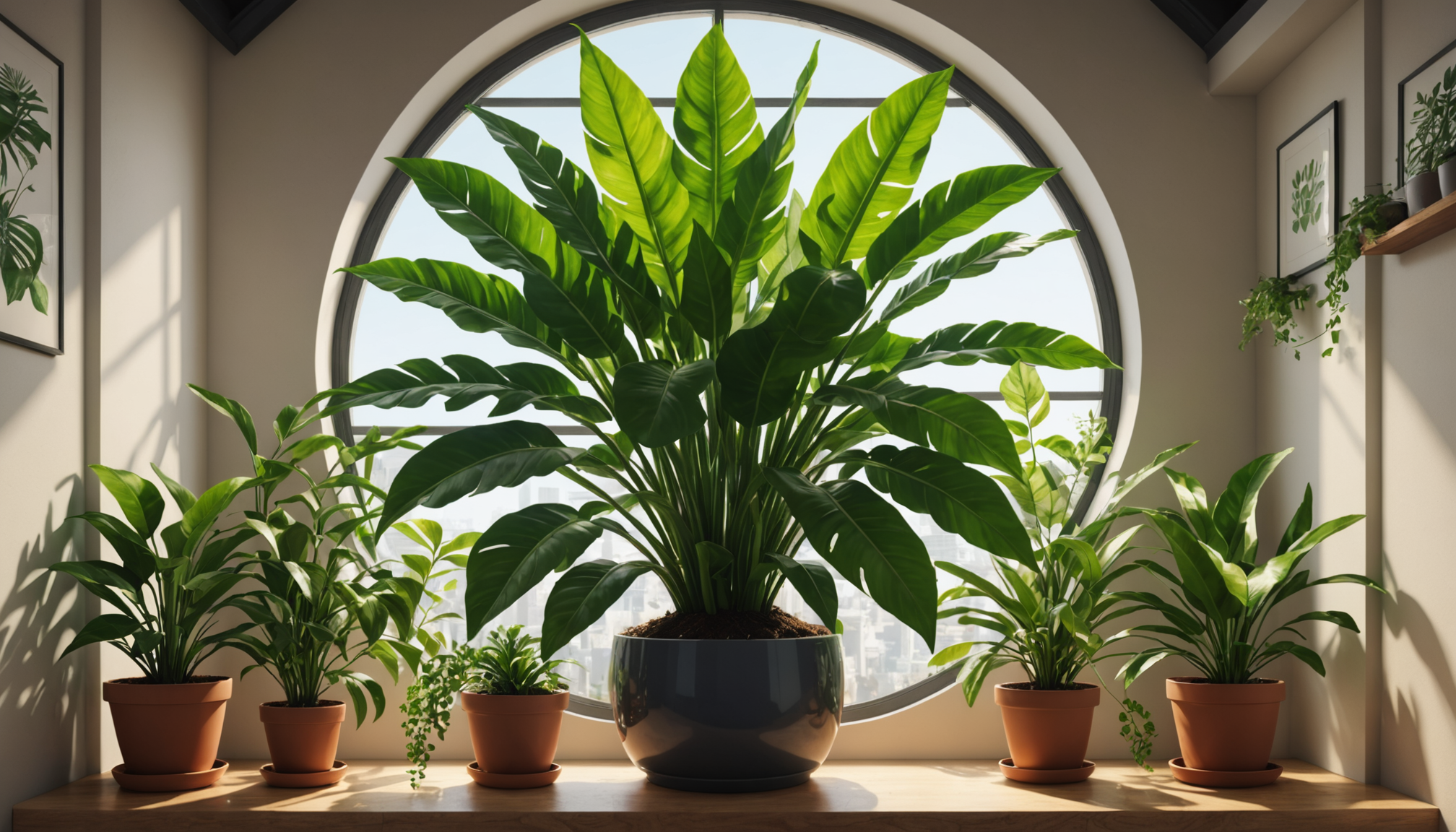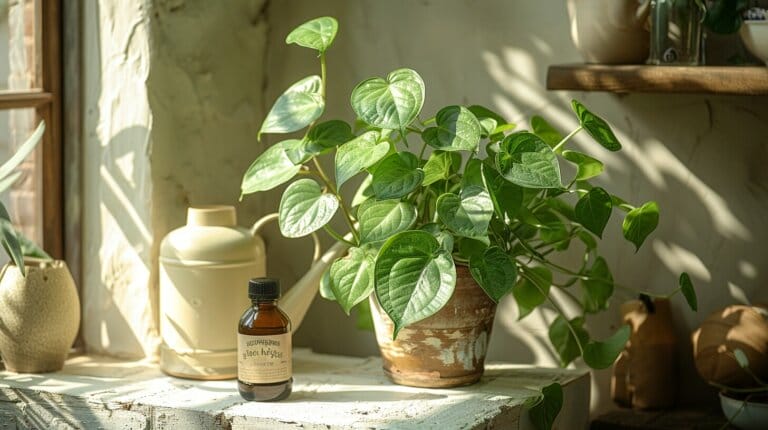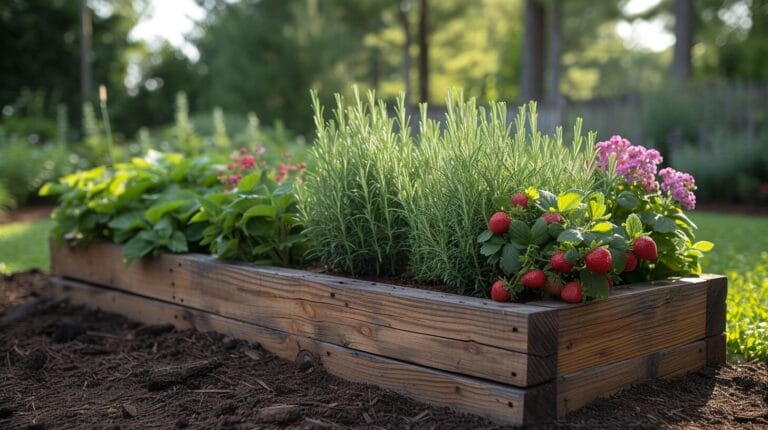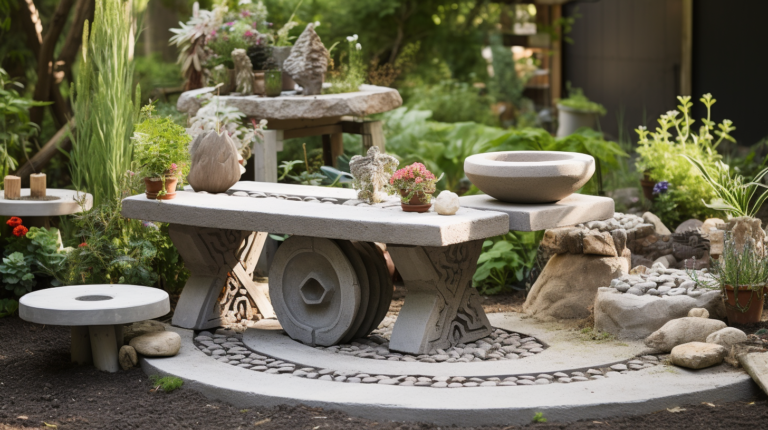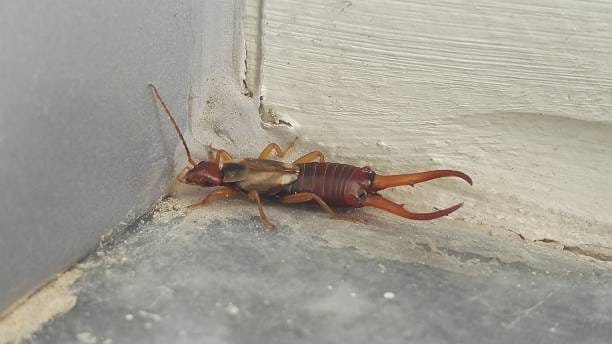If you’re looking for a houseplant that’s low-maintenance and can still make your space come alive, the ZZ plant is your new best friend! One of the most fascinating aspects of this tropical beauty is its zz plant growth rate. Understanding how quickly your Zanzibar gem can grow not only helps you appreciate its resilience but also tells you how to care for it effectively.
By learning about the factors that influence its growth and the conditions it thrives in, you can ensure your plant stays healthy and vibrant. Ignoring the needs of your ZZ plant could lead to yellowing leaves or even stunted growth. In this article, we’ll dive into what you need to know about optimal watering, ideal soil types, and common challenges that might affect your plant’s speed of growth. Get ready to become a pro at nurturing your ZZ plant!
Understanding ZZ Plant Growth Rate
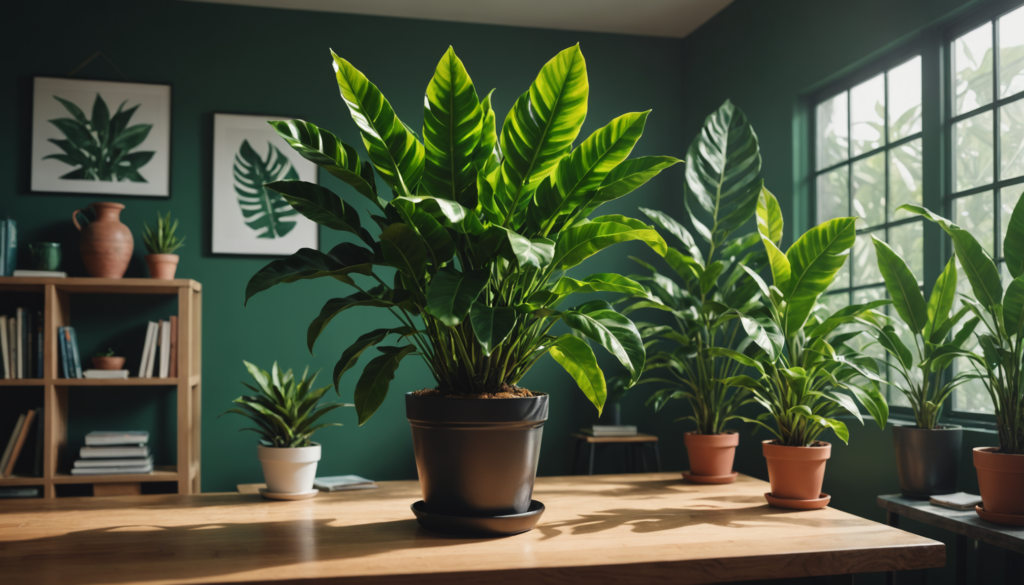
Native to Eastern Africa. the ZZ plant grows slowly but steadily, reaching heights of 18 to 24 inches and spreading 2 to 4 feet wide in optimal conditions. This resilient houseplant develops glossy leaves and sturdy stems when given proper care. Its growth pattern follows a natural cycle tied to light, temperature, and water availability.
What Factors Influence the Growth Rate of ZZ Plants?
Three main factors determine how fast a ZZ plant grows:
- Light Conditions: Bright indirect light promotes the best growth. While ZZ plants tolerate low light, they grow slower in dim conditions. Place the plant near a north or east-facing window for ideal lighting.
- Temperature Range: Growth thrives between 64°F and 79°F (18°C to 26°C). The plant slows its growth when temperatures drop below 60°F (15°C). Keep it away from cold drafts and air conditioning vents.
- Soil and Water: Well-draining potting mix prevents root problems. Water only when the top inch of soil feels dry. The thick rhizomes store water, helping the plant survive dry periods.
Optimal Conditions for Fast ZZ Plant Growth
Create these conditions to encourage healthy ZZ plant growth:
- Light Setup: Position the plant where it receives bright, filtered light throughout the day. Use sheer curtains to diffuse harsh direct sunlight.
- Soil Mix: Plant in a mixture of regular potting soil with added perlite or sand. This ensures good drainage and root health.
- Watering Schedule: Check soil moisture weekly. Water thoroughly when dry, letting excess drain completely. Empty the drainage tray to prevent root rot.
Common Problems Affecting Growth Rate and Solutions
Watch for these issues that can slow ZZ plant growth:
Problem: Overwatering causes yellowing leaves and soft stems
Solution: Allow soil to dry between waterings. Use pots with drainage holes.
Problem: Poor light leads to leggy growth and fewer leaves
Solution: Move closer to a window with filtered light. Avoid direct sun exposure.
Problem: Nutrient deficiency shows as pale leaves
Solution: Feed with balanced houseplant fertilizer every 3 months during growing season.
The ZZ plant responds well to consistent care. By providing proper light, temperature, and moisture, this low-maintenance plant maintains steady growth throughout the year.
Citation: Zamioculcas zamiifolia – Wikipedia
The Importance of Soil for ZZ Plant Health
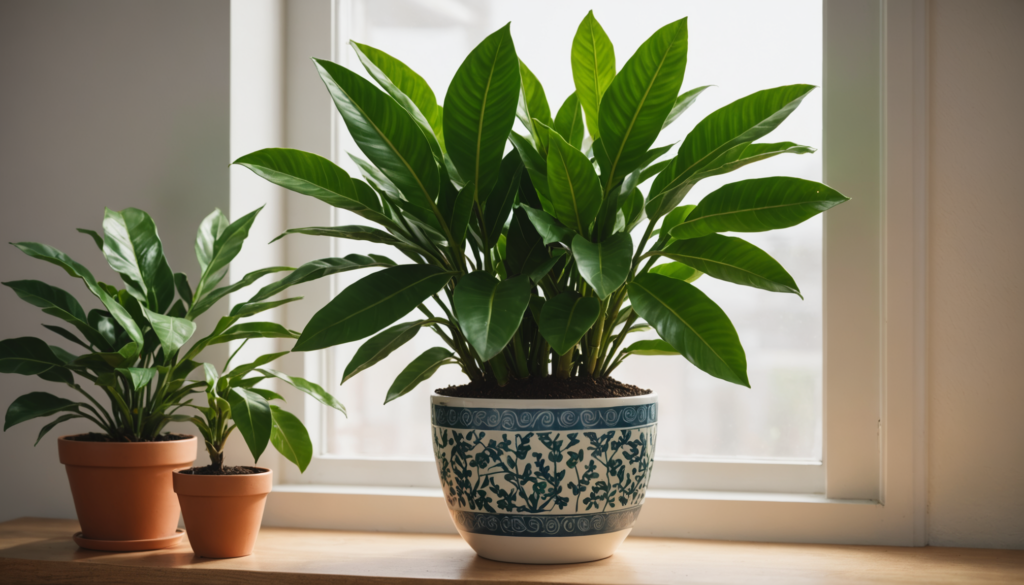
The right soil plays a vital role in ZZ plant’s health and growth. This popular houseplant needs specific soil conditions to thrive and develop its signature glossy foliage.
Choosing the Right Soil for ZZ Plants
ZZ plants require well-draining soil to prevent root problems. A proper soil mix helps maintain healthy growth rates while protecting the plant’s rhizome system.
Best Soil Components:
- Standard potting mix (60%)
- Perlite or coarse sand (30%)
- Orchid bark or coco coir (10%)
This mix allows excess water to drain while retaining enough moisture for healthy growth. The loose texture helps roots spread easily through the soil.
How Soil Quality Affects Growth
Quality soil directly impacts how fast and healthy a ZZ plant grows. The plant’s slow but steady growth depends on proper soil conditions.
Key Growth Factors:
- Soil drainage prevents root rot
- Nutrient content supports new leaf development
- Proper aeration allows root expansion
- pH levels between 6.0-7.0 enable nutrient uptake
Poor soil can slow the typical growth rate of 2-4 feet over time. Plants in proper soil develop stronger rhizomes and maintain healthier foliage.
Repotting for Better Growth
ZZ plants need repotting when they outgrow their container. Watch for these signs:
- Roots showing through drainage holes
- Slowed or stunted growth
- Soil that dries out quickly
- Plant becoming top-heavy
Repotting Steps:
- Select a pot 1-2 inches larger with drainage holes
- Use fresh well-draining soil mix
- Gently remove plant from old pot
- Place at same depth in new container
- Water lightly after repotting
Repot during the growing season between spring and early summer for best results. This timing helps the plant establish new roots quickly.
Watering Practices for Optimal ZZ Plant Growth
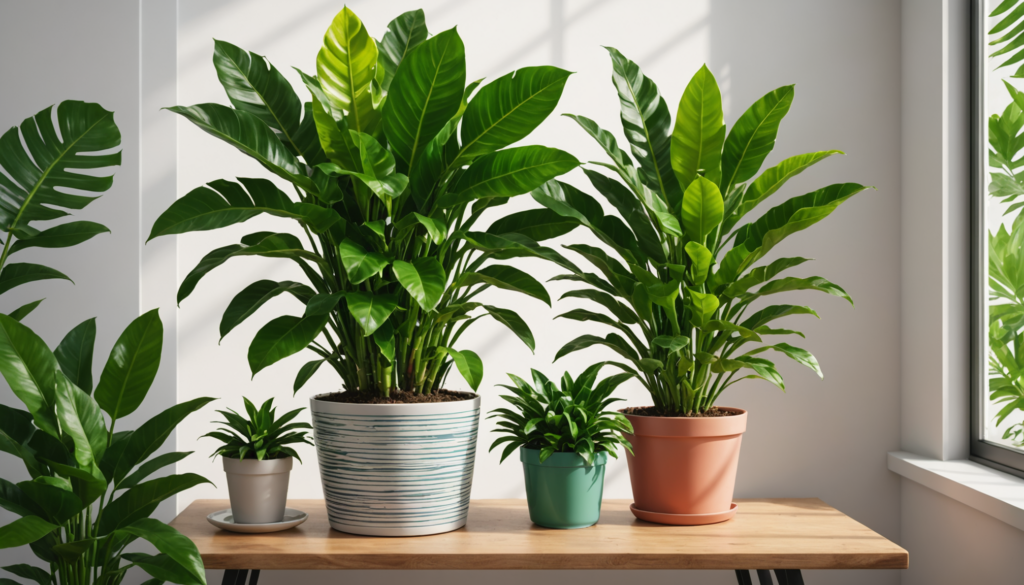
The ZZ plant needs specific watering practices to maintain healthy growth. Its water-storing rhizome system allows this hardy houseplant to thrive with minimal care, making proper watering essential for long-term success.
How Much Water Does a ZZ Plant Need?
ZZ plants store water in their thick rhizomes, requiring less frequent watering than most houseplants. A thorough watering every 2-3 weeks keeps the plant healthy. The soil should dry completely between waterings to prevent root problems.
Key watering factors:
- Water only when top 2 inches of soil feels dry
- Reduce watering in winter months
- Increase frequency during active growth in spring/summer
- Use containers with drainage holes
Signs of Overwatering and Underwatering
The ZZ plant shows clear signals when watering needs adjustment:
Overwatering signs:
- Yellow leaves turning soft
- Mushy stems near soil level
- Dark spots on leaves
- Soil staying consistently wet
Underwatering signs:
- Drooping leaf stalks
- Wrinkled or curled leaves
- Dry, crispy leaf edges
- Slow or stopped growth
Best Watering Practices for Healthy Growth
Following these guidelines ensures optimal ZZ plant growth:
- Water deeply until it flows from drainage holes
- Empty drainage tray within 30 minutes
- Check soil moisture with finger test before watering
- Use room temperature water
- Water less in low light conditions
Growing tips:
- Plant in well-draining potting mix
- Choose pots with adequate drainage
- Maintain indoor temperatures between 64°F and 79°F.
- Protect from cold drafts and direct sun
- Monitor leaf color as growth indicator
The ZZ plant thrives when its watering needs match its natural growth cycle. This resilient houseplant rewards proper watering with steady growth and glossy foliage.
Pro Tip: ZZ plants can survive up to four months without water, but regular watering every 2-3 weeks promotes optimal growth.
Micromanaging Humidity and Temperature for ZZ Plants
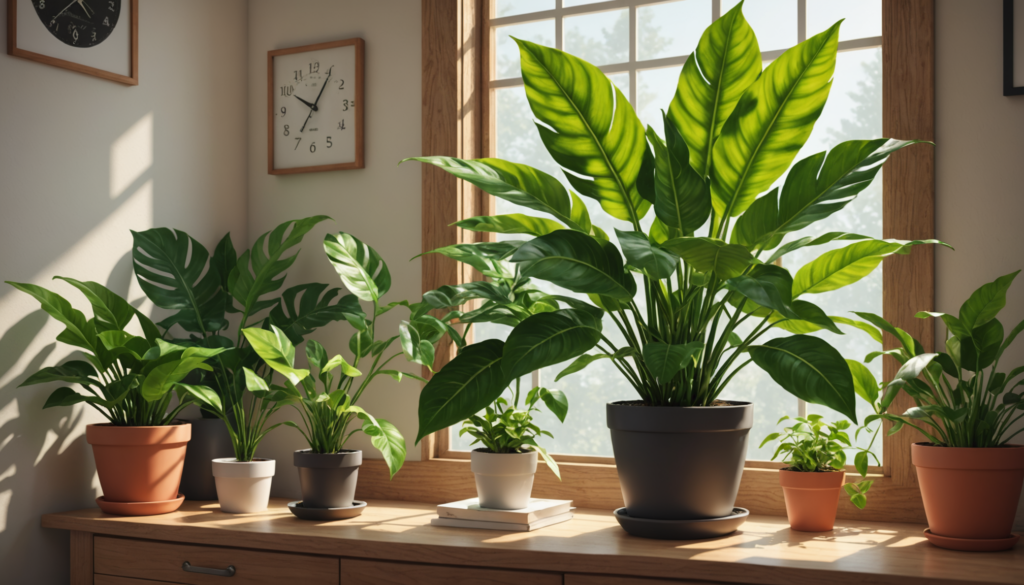
The ZZ plant (Zamioculcas zamiifolia) needs specific conditions to maintain healthy growth. Understanding temperature and humidity requirements helps create an ideal environment for this resilient houseplant.
Ideal Temperature Conditions for Optimal Growth
ZZ plants grow best in temperatures between 18°C and 26°C (64°F to 79°F). The plant slows its growth when temperatures drop below 15°C (60°F). Warmer temperatures promote faster leaf production and stronger growth.
Tips for temperature management:
- Keep plants away from cold drafts
- Maintain steady room temperatures
- Place plants away from air conditioning vents
- Monitor winter temperatures carefully
Understanding Humidity Effects on Growth
ZZ plants adapt well to various humidity levels but prefer moderate moisture in the air. The leaves contain 91% water, which helps the plant survive dry spells. Signs of low humidity include:
- Leaf tip browning
- Slowed growth
- Crispy leaf edges
Simple ways to increase humidity:
- Group plants together
- Use a pebble tray with water
- Place in naturally humid rooms like bathrooms
- Keep away from heating vents
Indoor and Outdoor Growing Conditions
Indoor ZZ plants need bright, indirect light for optimal growth. While they tolerate low light conditions, constant dim lighting leads to slower growth rates. For outdoor growth:
- Protect from direct sun exposure
- Provide dappled shade
- Transition gradually between environments
- Monitor temperature changes closely
The right balance of temperature and humidity creates ideal growing conditions. Regular monitoring helps catch potential issues early, ensuring steady growth throughout the year.
Fertilizing Your ZZ Plant for Lush Growth
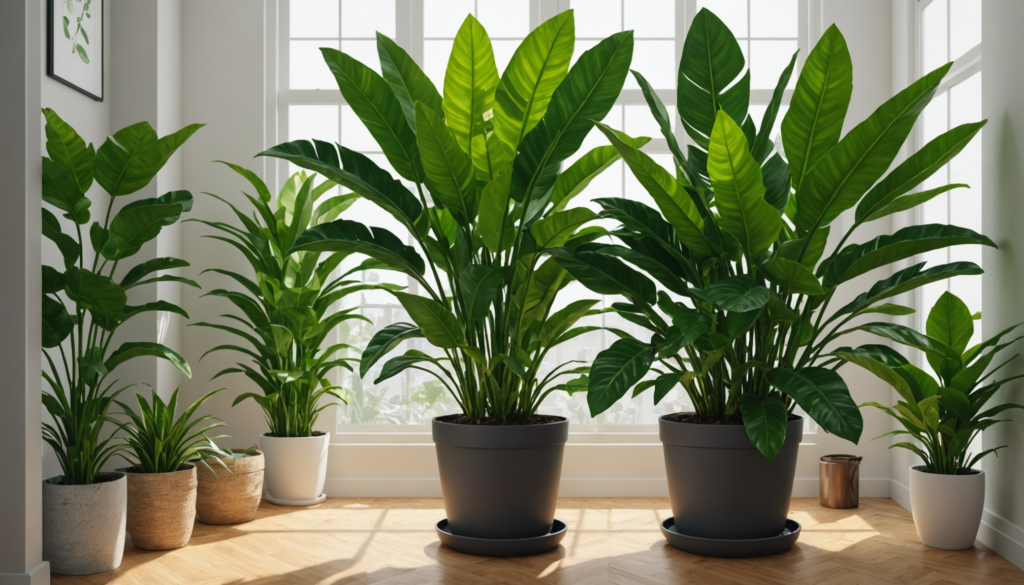
The ZZ plant (Zamioculcas zamiifolia) needs proper nutrients to maintain its glossy leaves and steady growth. While these plants grow slowly, reaching heights of 2 to 4 feet over several years, strategic fertilization helps promote healthy development.
Best Fertilizers for ZZ Plants
The ideal fertilizers for ZZ plants provide balanced nutrition without overwhelming the plant:
• Balanced (10-10-10) houseplant fertilizer
• Diluted liquid fertilizer at quarter strength
• Organic options like worm castings or compost tea
Apply fertilizers only during the active growing season (spring and summer) to support the plant’s natural growth cycle. This helps develop strong rhizomes that store water and nutrients effectively.
Proper Fertilization Timing and Methods
Follow these key guidelines for fertilizing ZZ plants:
• Feed every 4-6 weeks during spring and summer
• Skip fertilizing in fall and winter when growth slows
• Water thoroughly after applying granular fertilizers
• Dilute liquid fertilizers according to package directions
• Stop feeding if leaves turn yellow or show signs of stress
Never fertilize dry soil, as this can damage the roots. Water the plant first, then apply fertilizer to moist soil for optimal nutrient absorption.
Supporting Root Health Through Nutrition
Healthy roots are essential for ZZ plant growth. Create ideal growing conditions by:
• Using well-draining potting mix to prevent root rot
• Maintaining temperatures between 64°F and 79°F (18°C to 26°C).
• Allowing soil to dry between waterings
• Adding slow-release organic matter for steady nutrition
• Checking drainage holes remain clear
The thick rhizomes store nutrients along with water, helping the plant thrive even with minimal care. This natural adaptation means less frequent fertilizing is better than overfeeding.
Conclusion
To help your ZZ plant thrive, remember that optimal conditions matter! Factors like light, soil quality, and watering practices can significantly influence the growth rate of your Zanzibar gem. Using the right well-draining soil and understanding how to water properly will set you on the path to success. Don’t forget to check the humidity and temperature, as these can affect your plant’s health too!
With patience and care, you can enjoy lush foliage and watch your ZZ plant grow new stems. Keep exploring the exciting world of plant care, and soon you’ll be a plant parent expert!
FAQs
1. What is the growth rate of a ZZ plant?
ZZ plants grow slowly, reaching 2-4 feet tall over time. The Zamioculcas zamiifolia develops new stems and leaves gradually, with noticeable growth appearing after several months under ideal conditions.
2. What lighting helps ZZ plants grow best?
Bright indirect light promotes optimal ZZ plant growth. While these plants tolerate low light, extended periods in dim conditions lead to leggy stems and slower growth. Place the plant near an east or north-facing window for best results.
3. How often should ZZ plants get water?
Let the top 2-3 inches of soil dry between waterings. ZZ plants store water in their rhizomes, making them drought-tolerant. Check soil moisture with a finger test – only water when the soil feels dry below the surface.
4. What type of soil supports healthy ZZ plants?
Use well-draining potting mix for ZZ plants. A blend containing perlite or coarse sand prevents water buildup around roots. Good drainage keeps rhizomes healthy and promotes steady growth.
5. What temperature range do ZZ plants need?
Keep ZZ plants between 64°F and 79°F (18°C to 26°C) for best growth. The plants slow their growth when temperatures drop below 15°C (60°F). Avoid placing them near cold drafts or heating vents.

